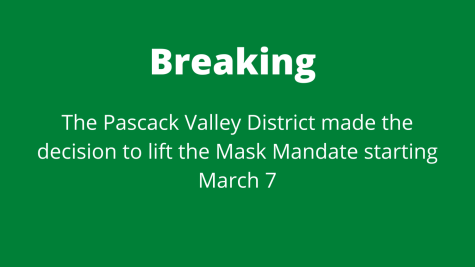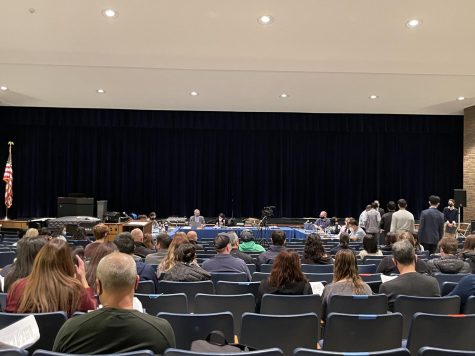The Impact of COVID-19 on the American Economy
The PV Student Publication has partnered with The Research Club to publish a series of research essays entitled “The Research Publications.” This essay explains how the American economy has transformed as a result of the pandemic.
(Editor’s Note: The PV Student Publication has partnered with The Research Club to publish a series of research essays related to topics of COVID-19. All research essays are written and fact-checked by members of the Research Club, and The PV Student Publication is rolling out these essays as a service to our community. This essay explains how the American economy has transformed as a result of the pandemic. This paper is written by sophomore Minche Kim, and fact-checked and edited by senior Elise Schicker.)
Although the U.S. economy wasn’t at its best at the end of 2019, it still showed improvement compared to past years.[5] The growth of 2.3 percent in the U.S. economy in 2019, made possible through its high consumption rate and the government’s tax cuts, wasn’t at all monumental compared to the 8.8 percent economic growth of 1940 and the 17.7% of 1941, but it soon proved to be a beautiful number as soon as the globe faced March of 2020.[5]
Recalling the 2020 recession of the U.S. economy, here is a quick rundown of how the U.S. battled against the financial impacts of Covid-19: starting from the very beginning.
It all began on March 11, 2020, when the World Health Organization declared a global pandemic due to the rapid spread of COVID-19.
This declaration had dreadful effects on the U.S. economy, as March and April brought a grave recession comparable to the Great Depression of the 1900s.[2][3][6] In March alone, the total number of working hours decreased by approximately 60 percent, and the record of job growth extending from October 2010 was halted in March 2020, as it resulted in a number of 870,000 lost jobs.[1][6]
In April, the U.S. economy showed a large decrease in the number of jobs by 20.5 million, and the U.S. unemployment rate was peaking at 14.7 percent.[6][7]
Between March and April, individual firms went through significant losses. Small businesses employing less than 20 employees saw a decrease in employment by more than sixteen percent, while businesses employing a worker count between 20 to 49 lost about 22 percent.[1]
The steep decline in the U.S. economy of March and April began recovering around May and June as companies began rehiring.[6][7] The U.S. Census Bureau 2020 reported that sales began to recover in most goods sectors at the beginning of May. Retail sales from April to May recorded the largest monthly jump of the year with an increase of 17.7 percent.
June brought with it the creation of 4.8 million jobs, as the U.S. unemployment rate was rescued from increasing further: new jobs hauling it down to 11.1 percent.[7]
During the summer, retail sales continued their growth from 17.7 percent, as they surpassed the level from August 2019 by 2.6 percent. Even with the influence of the growth of retail sales, July revealed a report of more than one in five families behind on rent in 26 states.[1]
The average daily revenue began to sink once again in August, according to the report from the Brookings Institution, comparing early August to January 2020. They reported the slowly decreasing trend in percent reduction in revenue that “fell by more than 5 percentage points in the first 10 days of August in the retail and transportation sector as well as in the leisure and hospitality sector” (Bauer et al 13).
According to a recent data update by the Joint Economic Committee, it reported an increase in nonfarm employment in November, along with a fall in retail employment and an increase in the number of long-term unemployed individuals in the same month.
Alongside November, December also witnessed discouraging statistics.[4][8] Wall Street recorded a decline in stocks, and the Conference Board reported that the consumer confidence index plunged to 88.6 from November’s 92.9.
Even with the confirmation of the U.S. government of the significant incline in the U.S. economy for the third quarter of 2020, the chief U.S. economist at Oxford Economics, Gregory Daco, doesn’t anticipate sharp economic growth in 2021 along with many others. He said, “On the eve of 2021, the economy carries very little momentum”.

















